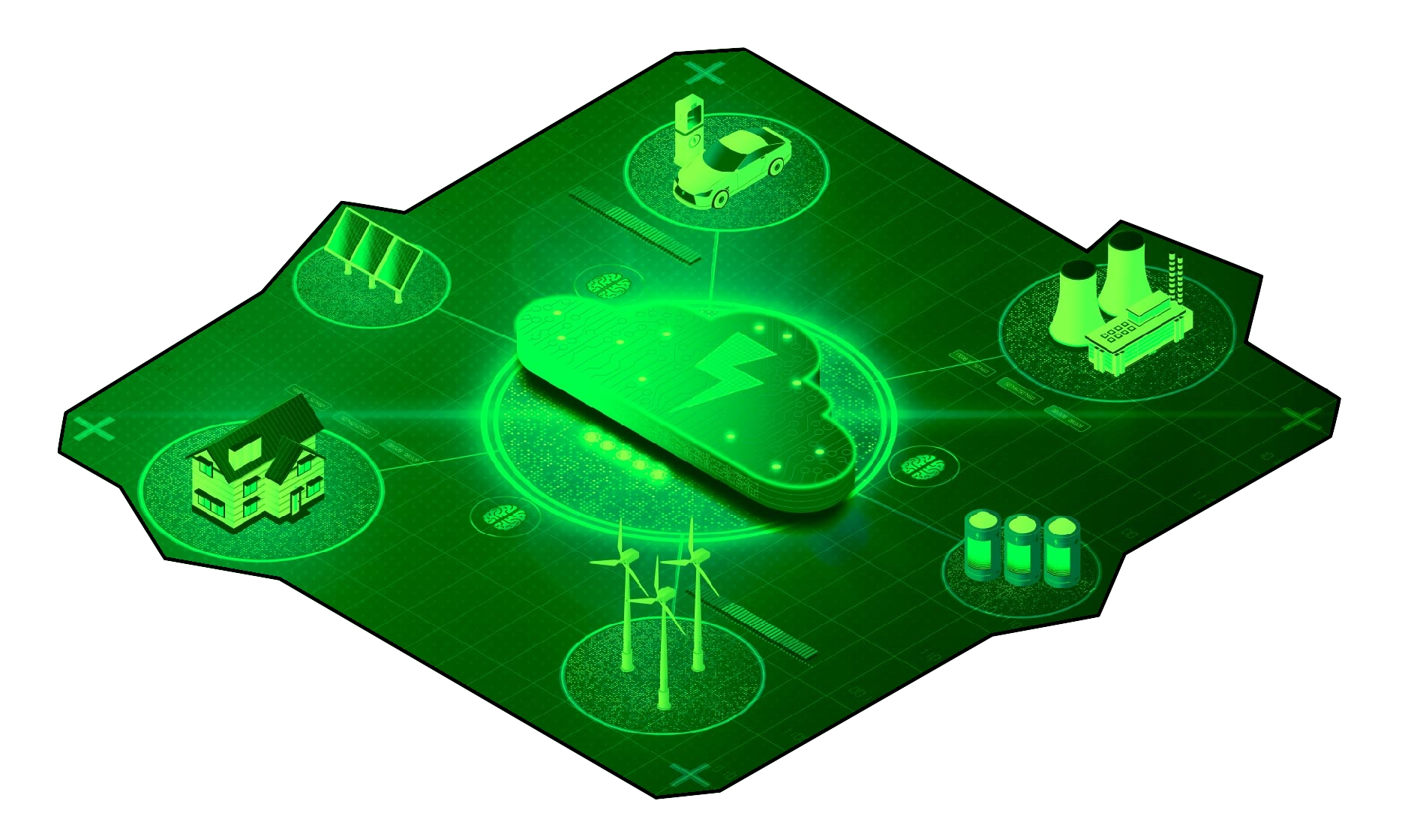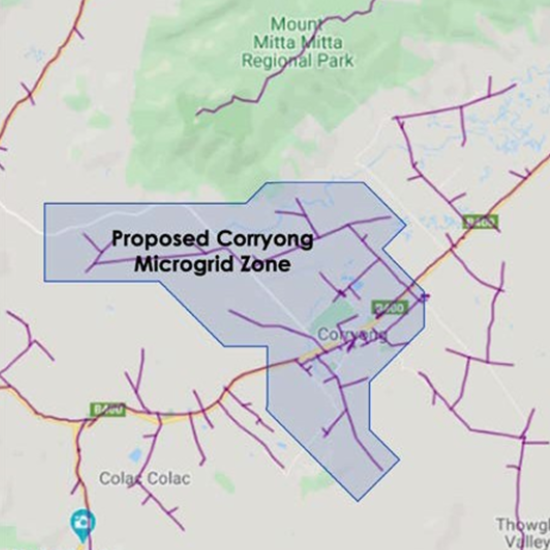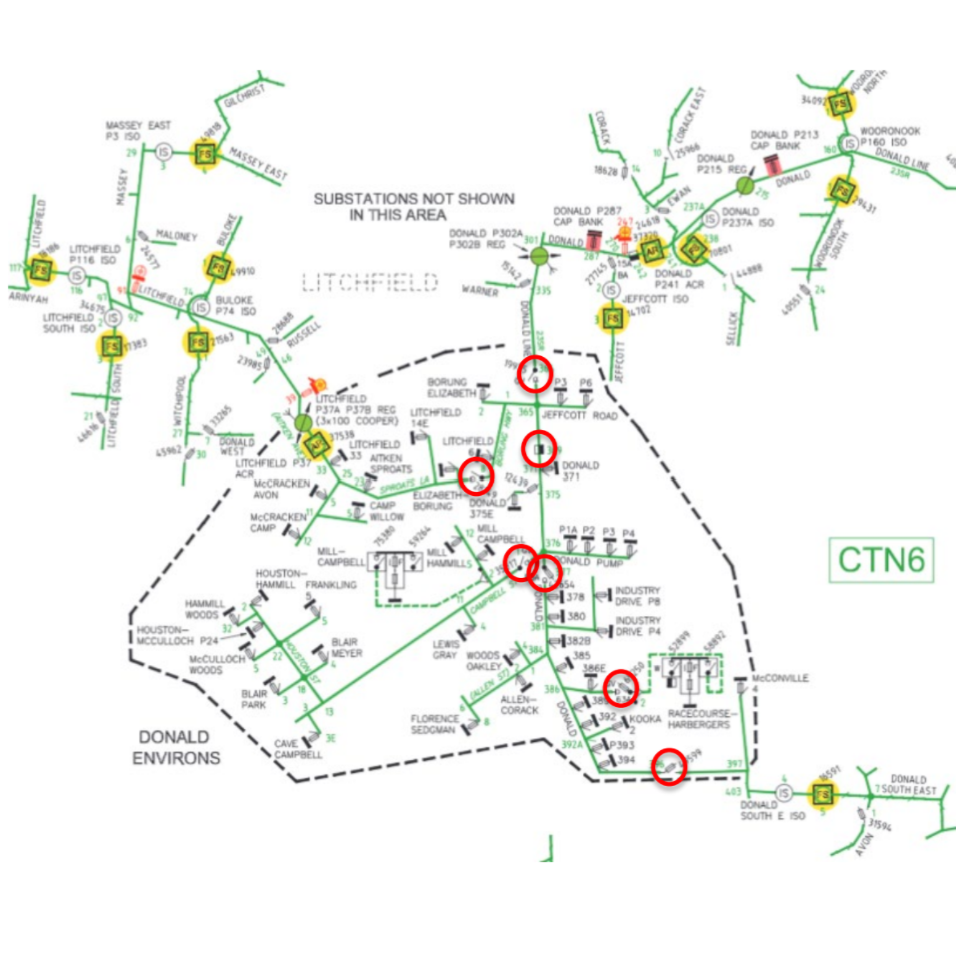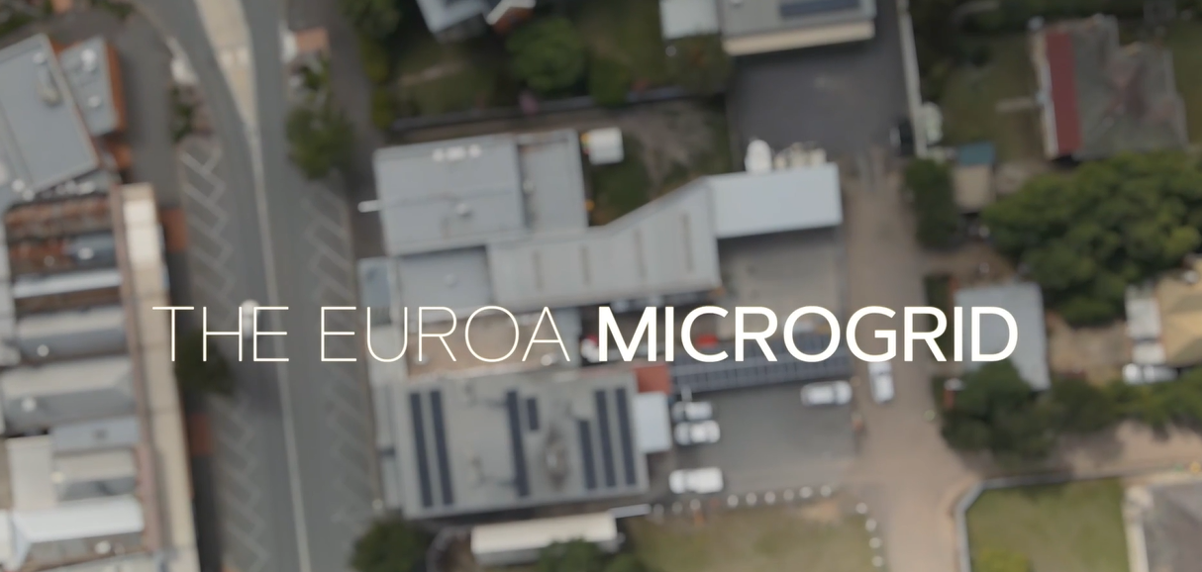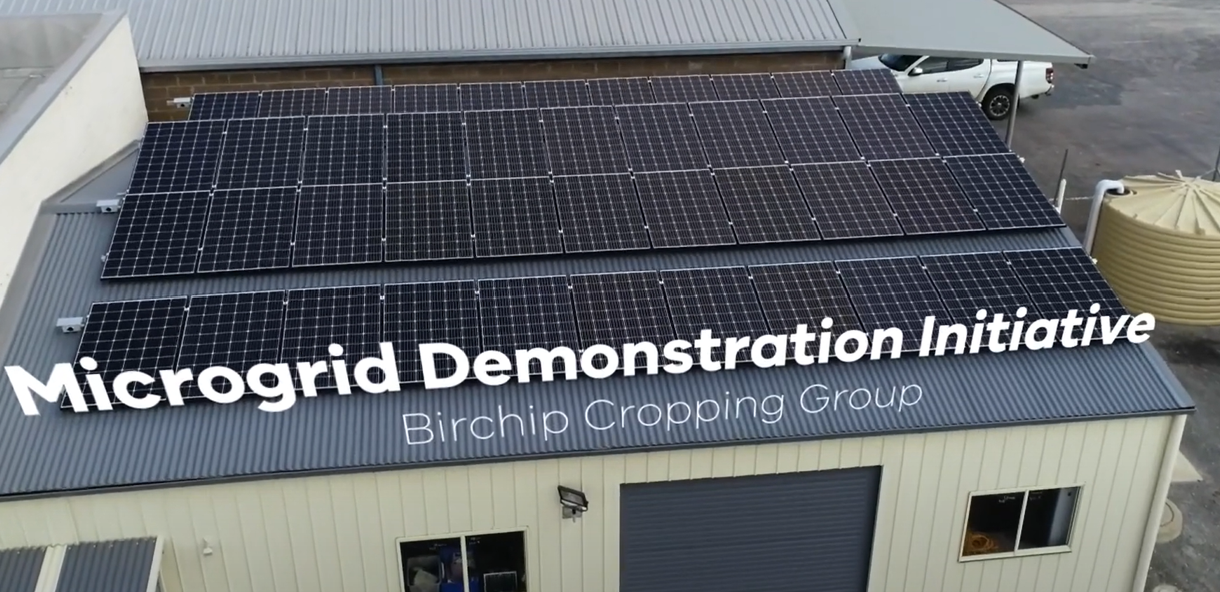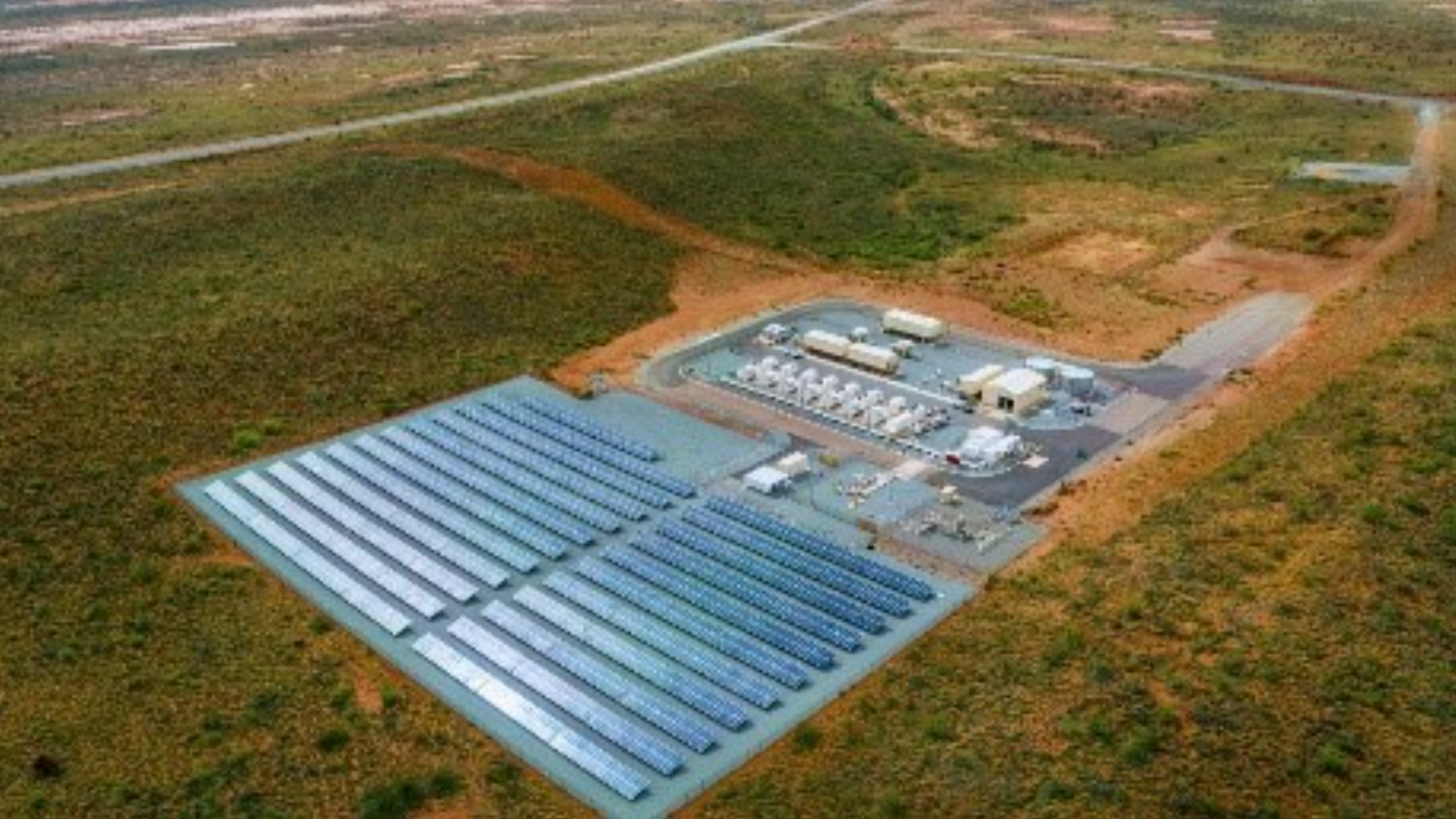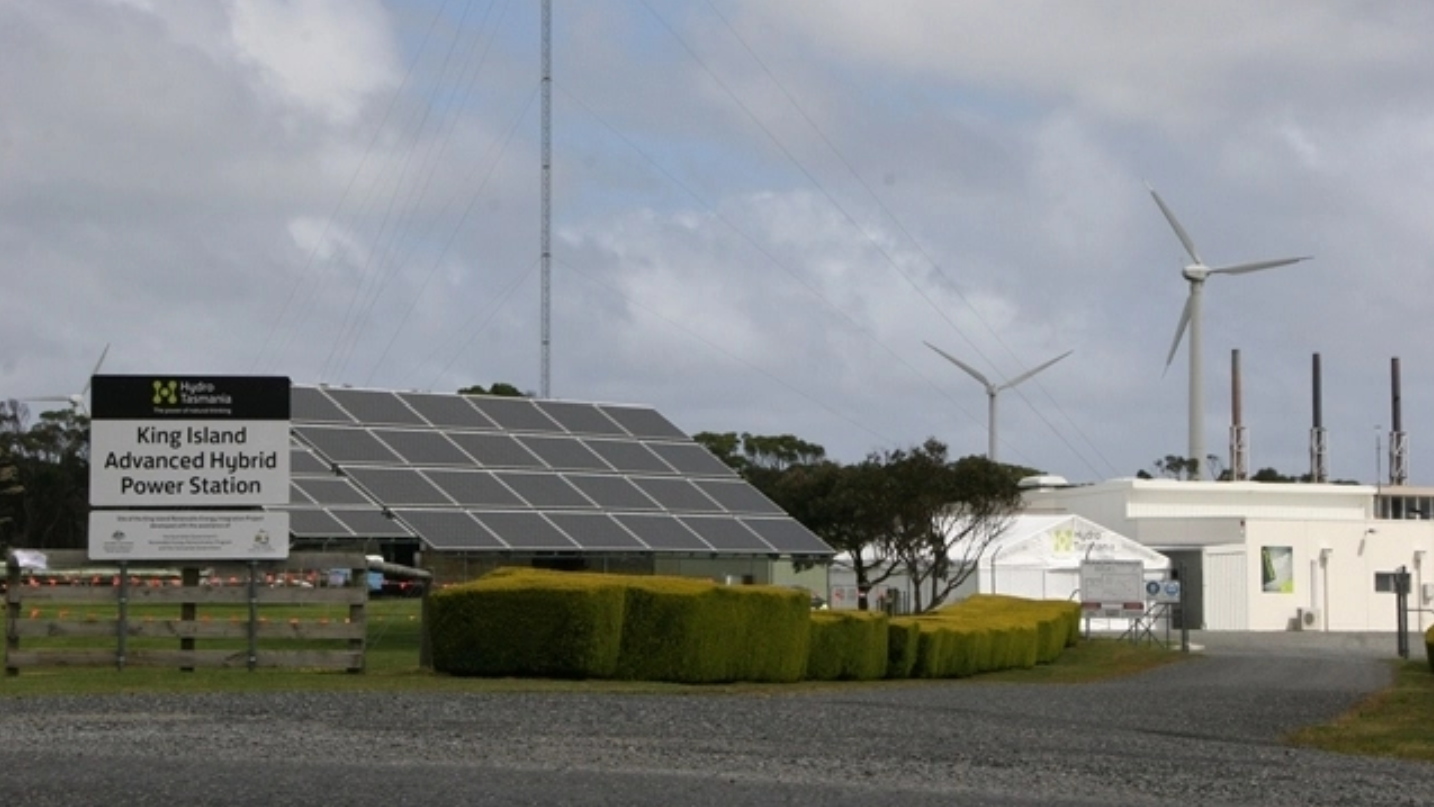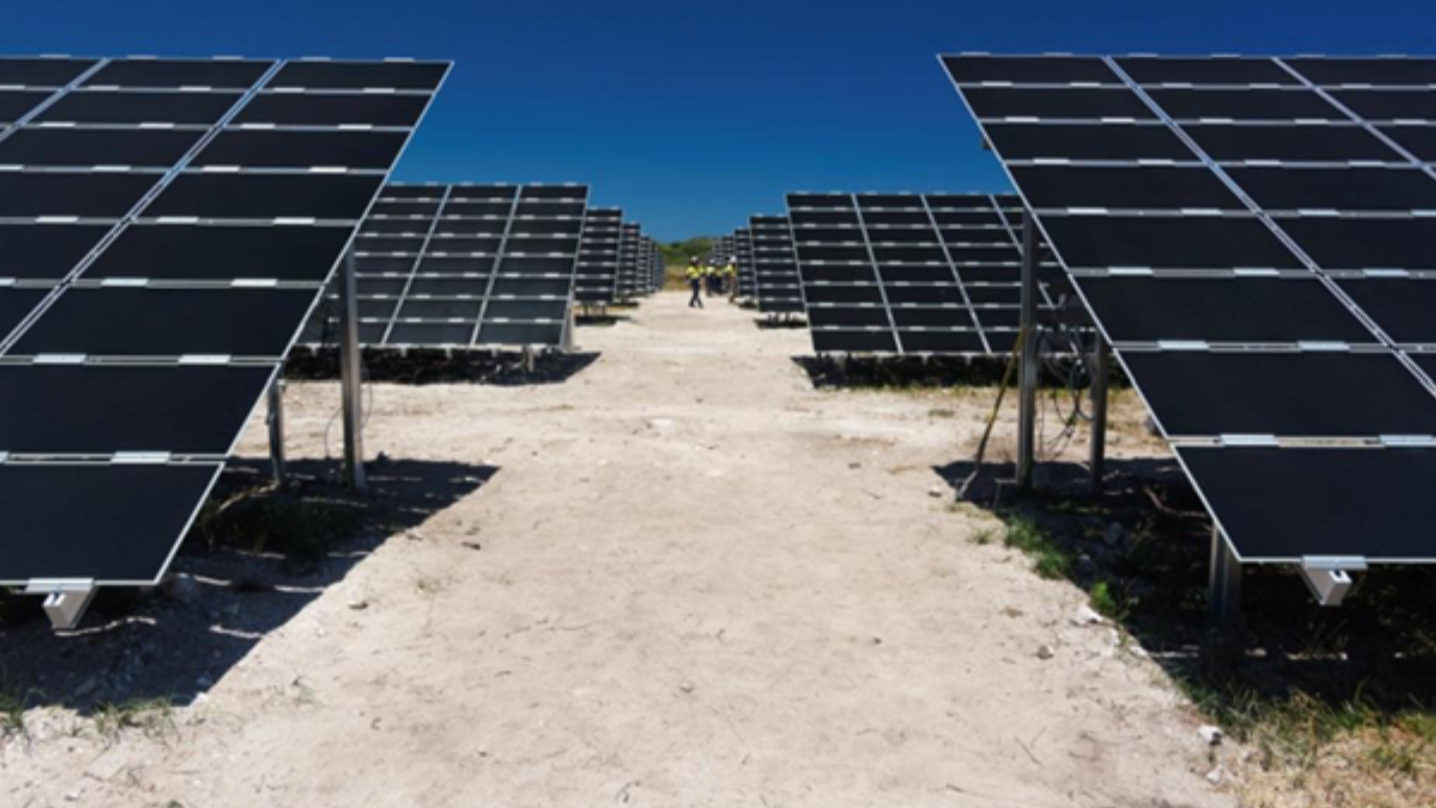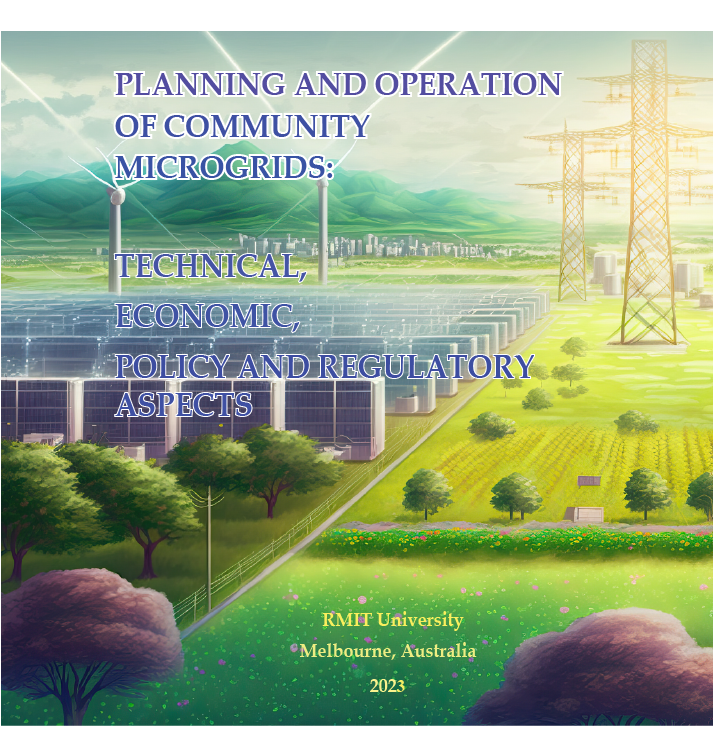Main Design Considerations
-
Purpose of the Microgrid: The primary purpose of the microgrid should be identified as the top priority in the design process. For example, a microgrid can be designed to improve the energy reliability of a community when a community is experiencing severe reliability issues due to an unreliable supply feeder. Once the purpose of the microgrid is clearly defined, the key attributes of the microgrid should be identified, such as required duration for the off-grid operation with the local energy sources etc.
-
Availability of Energy Resources: The availability of the primary energy source should be taken into consideration when designing the microgrid. For example, if solar-PV is used as the primary energy source, then the availability of the solar resource at the microgrid location should be considered. Typically, 1 to 3 years of historical data should be considered when determining the firm energy capacity of the source.
-
Network Availability and Augmentations/ Upgrades: Network is imperative to deliver the generated power from microgrid sources to the energy consumers. Typically, the existing distribution network can be used with the consent from the distribution network system operator. Also, in some cases the existing network need to be augmented (e.g., distribution lines, cables, and transformers) to accommodate new energy sources to the microgrid. These upgrades should be identified at the design stage of the microgrid.
-
Control Functions: The control functions (e.g., voltage and frequency control and black-start capability) of the microgrid controller should be determined at the design stage to design appropriate controllers and size the energy storage systems for the microgrid.
-
Financial Resources: Availability of financial resources, such as equipment funding is one of the main constraints in designing a microgrid. The funds can be sourced from federal and state government grants, loans, private investors, community groups and microgrid operators. The available funds will also determine the size and capacity of new energy resources which can be added to the microgrid.
-
Business Models: The business model specifies how the microgrid should be operated from the financial perspective. This includes, revenue streams, energy costing and billing, and investment decisions etc. This must be decided at the design stage of the microgrid, as the business model dictates some of the technical functionalities of the microgrid. The available financial resources and the business models should be considered together to assess the economic viability of the microgrid.
-
Policy and Regulations: The microgrid should be complied with the underlying policies and regulations, and hence “what can” and “what cannot” from the policy and regulation perspective should be identified at the design stage to design a practically feasible microgrid.
